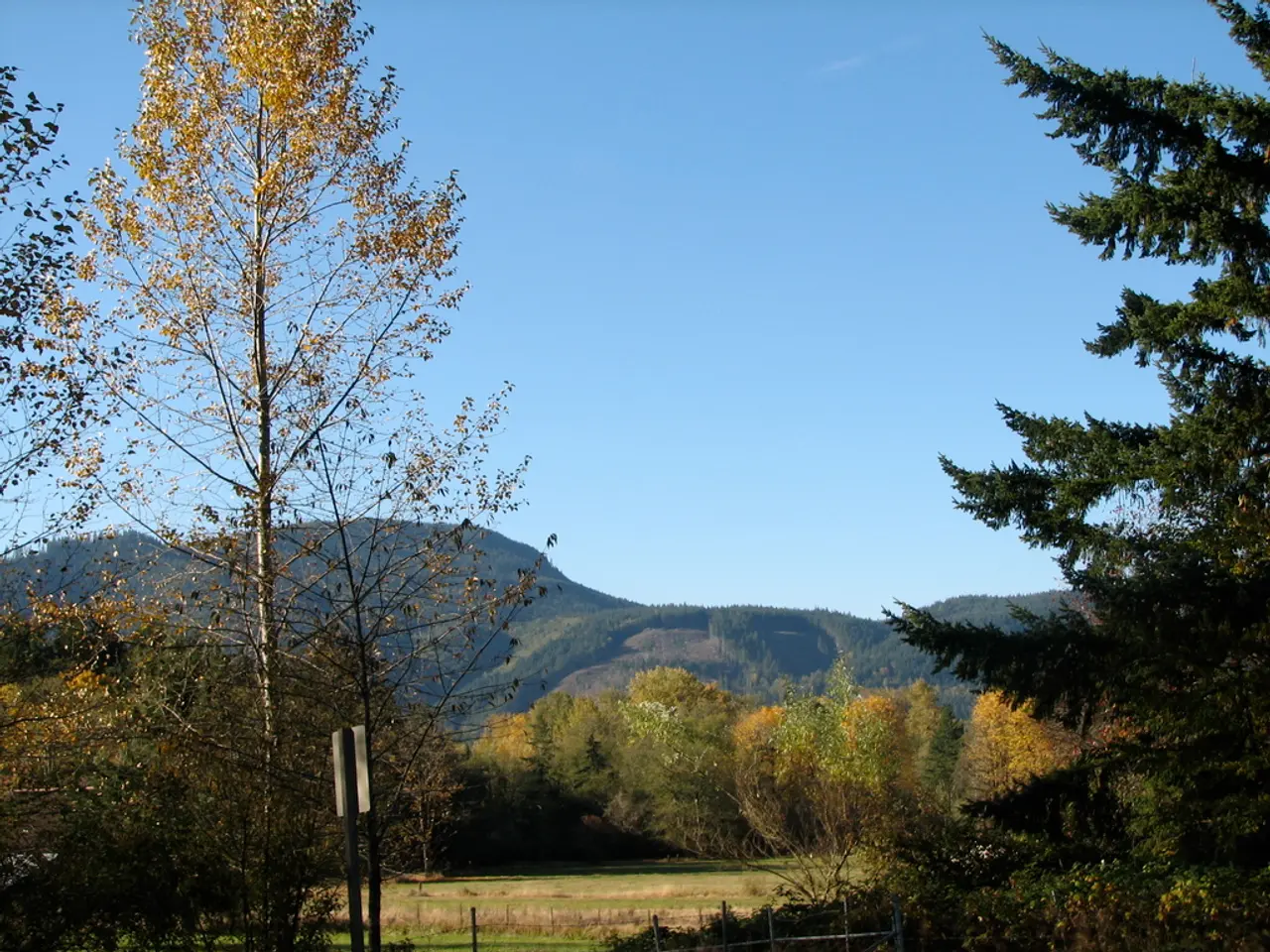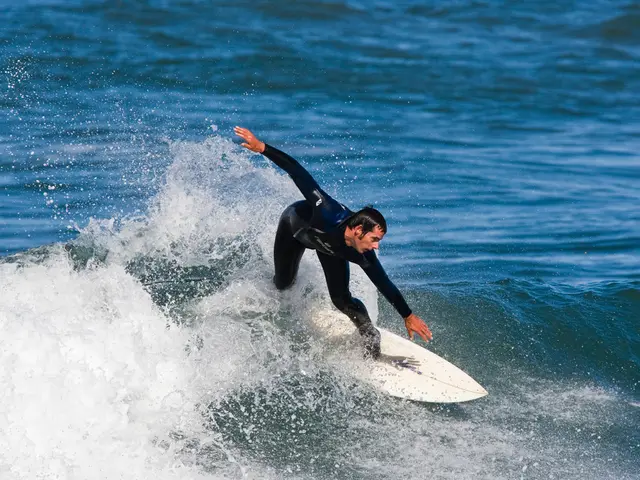Mastering Wilderness navigation through primitive methods: 7 essential tips for enhancing your camping expertise
In an era where technology reigns supreme, it's comforting to know that we can still rely on nature to guide us through the wilderness. When GPS devices might fail, traditional navigation methods offer a reliable backup, especially for extended wilderness travel. These methods revolve around using the sun, stars, and landscape features as natural guides.
Using the Sun
During the day, the sun rises approximately in the east and sets in the west. In the Northern Hemisphere, the sun is generally to the south around midday, helping you determine direction. You can use a watch as an analog compass by pointing the hour hand at the sun; halfway between the hour hand and 12 o’clock indicates south.
Using the Stars
At night, navigate using stars such as Polaris (the North Star), which is nearly aligned with the North Pole. Locate Polaris by finding the Big Dipper constellation and using the two outer stars of its “bowl” to point to Polaris, indicating north.
Landscape Features
Use natural landmarks such as rivers, ridges, valleys, and prominent peaks. Since rivers typically flow downhill toward larger bodies of water, following a river downstream can lead to civilization. Ridge lines and valleys often provide natural travel corridors and orientation cues.
These traditional navigation methods, when combined with a physical map and compass, increase safety and situational awareness during navigation. Tracking progress using both immediate (shadow stick) and long-term (star navigation) natural indicators prevents accumulated errors from throwing off the route.
Other Practical Methods
Moss typically grows on the north sides of trees and rocks in the Northern Hemisphere. Arranging contrasting colored stones in large geometric patterns (triangles or X-shapes) on open ground can create visible emergency signal patterns. North-facing slopes retain snow longer and support different vegetation than sun-exposed south-facing slopes.
Gathering reflective materials like water in a metal container, polished rocks, or ice can create signaling mirrors that flash sunlight toward rescue aircraft. Prevailing winds like North America's westerly winds cause trees to lean away from wind exposure.
Cross-referencing Methods
Cross-referencing multiple natural navigation methods (sun position, moss patterns, wind direction) creates a more accurate directional framework. Open terrain allows maximum use of solar navigation, star tracking, and distant landmark identification due to clear sight lines and more pronounced wind patterns.
Marking the Way
Placing three flat stones in cairns with the tallest stone pointing toward the destination and smaller rocks around the base can serve as direction markers. Maintaining at least two active navigation methods ensures reliability when one method becomes unreliable due to weather conditions (e.g., cloud cover obscuring star navigation).
In the Northern Hemisphere, the sun rises in the southeast during winter and northeast in summer, reaching its highest point due south around noon. These variations help gauge altitude and direction of travel, with north-facing slopes tending to be cooler than south-facing ones.
By harnessing the power of nature, we can navigate the wilderness with confidence and resilience, even without modern technology. These traditional methods, while time-tested, require practice and a deep understanding of the natural world. But with patience and persistence, they can be mastered, ensuring a safer and more enjoyable wilderness experience.
- To further bolster your navigation skills in the wilderness, consider combining traditional methods with guidebooks on topics like 'fashion-and-beauty' and 'food-and-drink', ensuring a comfortable lifestyle as you embark on your journey.
- Upon reaching the destination, share stories of your adventure with friends back home by documenting your experience in a 'home-and-garden' blog or vlog, capturing the essence of your expedition for others to enjoy.
- To celebrate the successful completion of your wilderness travel, plan a trip to a popular travel destination where you can indulge in various sports activities like skiing, hiking, or scuba diving, embracing an exhilarating and active 'sports' lifestyle.




